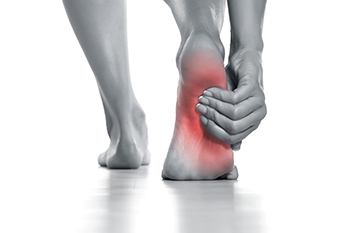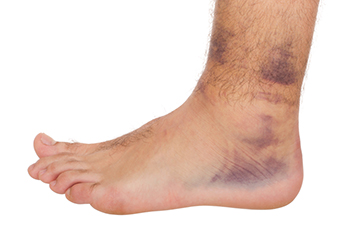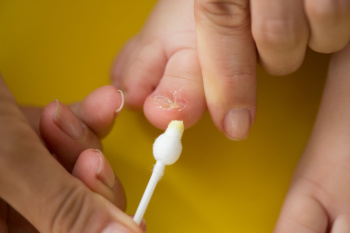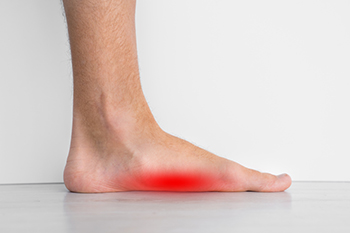
Chiropodists can offer valuable assistance in managing plantar fasciitis, a common foot condition that causes heel pain. They begin by conducting a thorough assessment to diagnose the condition accurately. Chiropodists then develop personalized treatment plans tailored to the individual's specific needs. These plans may include a combination of interventions such as wearing custom orthotics to provide support and alleviate pressure on the plantar fascia, exercises to stretch and strengthen the affected area, and recommendations for appropriate footwear. Additionally, chiropodists may offer advice on lifestyle and activity modifications to help reduce symptoms and prevent further aggravation of the condition. Regular follow-up appointments allow chiropodists to monitor progress, make any necessary adjustments to the treatment plan, and provide ongoing support and guidance. With their expertise in foot health and management strategies, it is suggested that if you suffer from persistent heel pain, to schedule an appointment with a chiropodist who can provide a proper diagnosis and treatment.
Heel pain is a common problem that can be caused by a variety of injuries, medical conditions, and other factors. If you suffer from heel pain, please consult with one of the specialists from Thornhill Foot Clinic. Our chiropodists can help you maintain the health of your lower limbs and your mobility.
When it comes to heel pain, the exact location and type of pain are important to note. Some of the conditions that may cause heel pain include:
Plantar fasciitis - An inflammation of the ligament that runs along the bottom of the foot; it causes a stabbing pain under the heel that is at its worst when taking your first few steps after a long rest and while standing on your tiptoes or climbing stairs
Achilles tendonitis - An inflammation of the tendon in the back of the calf; it causes pain in the back of the heel that is at its worst after resting, as well as ankle and calf stiffness, swelling, and tenderness
Bone spurs - Bony lumps on the back of the heel bones that cause sharp pain upon first standing up; the pain becomes dull and achy over time
Heel fractures - A break or crack in the heel bone that causes pain, swelling, and difficulty walking
Retrocalcaneal bursitis - Swelling of the small, fluid-filled sac at the back of the heel bone; it causes pain, swelling, redness, and warmth in the back of the heel
Tarsal tunnel syndrome - Compression of the posterior tibial nerve which causes a pins and needles sensation in the heel, foot, and calf
Your chiropodist will be able to diagnose the underlying cause of your pain and prescribe the right treatments for you. If you have any questions, please feel free to contact our office located in . We offer the newest diagnostic and treatment technologies for all your foot care needs.




